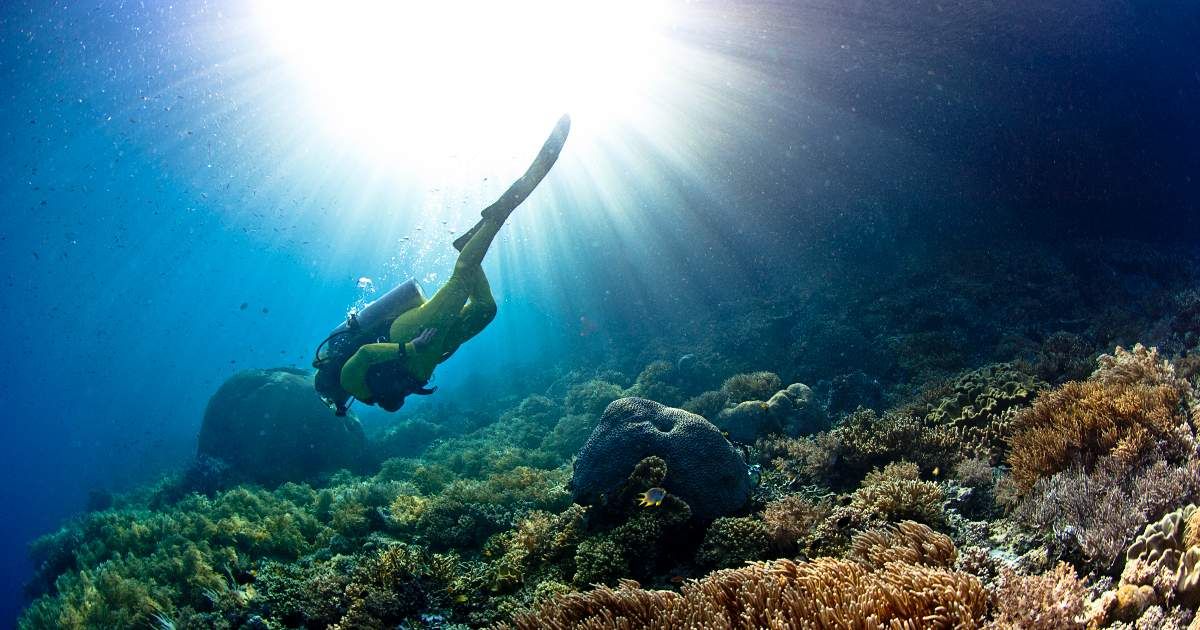An Extreme Weather Event in the Pacific Brings Back Coral Species Thought to Be Extinct for 24 Years

The coral species Rhizopsammia wellingtoni practically turned into a ghost. No evidence of its existence was found on survey sheets, and they were categorized as possibly extinct. According to Earth.com, the species has a black stony exterior and has isolated and tiny polyps. In 2000, the species was listed under the IUCN Red List as Critically Endangered, Possibly Extinct, and the same was confirmed in 2007. After nearly 2 decades, the species was miraculously rediscovered in 2024, and divers confirmed that there are several living colonies in existence in the Galapagos.

Lead author Inti Keith of the Charles Darwin Foundation documented the fresh colonies that the divers identified, as per the study published in the journal Marine Biology. These coral species are endemic to the archipelago, which means it is only found within the island group. Despite being an island species, they prefer to stick to rocky ledges, which explains why they have gone unnoticed for so long. El Niño, the warm phase of the Southern Oscillation, brought unusually warm water to the region between the years 1982 and 1983. In the surveys after that, the species were not recorded anywhere in the region, but that's what makes this rediscovery a marvel.

A 2025 open-access paper detailed the findings of the underwater expedition. The team of divers discovered more than 100 colonies of the species at different locations, including Punta Vicente Roca, Tagus Cove, Playa Tortuga Negra, and more. They observed two color forms of the corals: one appeared to have purple polyps with black corallites, while the other color combination was red and black. The divers didn't accidentally find the coral species that was deemed extinct. The expedition was goal-oriented the locations were targeted after research.

Charles Darwin Foundation's long-term ecological monitoring at 64 reef sites helped them collect necessary data. Through this data, the divers identified potential places the species could be found and directed their dive targeting them. Thanks to those records, the team was able to locate rare coral even in extreme places where they tend to camouflage themselves. The Rhizopsammia wellingtoni prefers colder environments. Hence, they only appear in the shallow water bodies when the conditions allow it.

Otherwise, they reside in the depths of water where the atmosphere is comparatively cooler. This seasonal swing is the reason why this coral species vanished from shallow surveys. The rediscovery of Rhizopsammia wellingtoni was a win because it had been quietly existing all this time, and scientists had no clue until recently. Scientists are confident that the rare coral was far from extinct because multiple colonies were found at different locations. Moreover, deeper habitats are hard to scour by divers. giving the species the benefit of the doubt.

“Finding R. wellingtoni after 24 years raises important questions about how the coral survived past environmental pressures, such as severe 1982-1983 El Niño," Keith said. "It might have found refuge in deeper, cooler habitats before re-emerging during recent cooler La Niña conditions,” he suggested. The rediscovery of this species is more important than it seems. They may not form massive reefs, but the small colonies build microhabitats, like tiny shelters for fish and other microorganisms. Because the species is sensitive to a changing climate, they can also help assess how the wider reefs are coping with ocean warming.
More on Green Matters
Mass Coral Die-Offs Everywhere Prove That Earth’s Climate Is No Longer Suitable to Sustain Them
Scientists Discover New Coral Species And End Up Naming It After a ‘Star Wars’ Character
This Luxury Resort in Bali Has One Request for Its Guests — Adopt a Coral to Save the Reefs